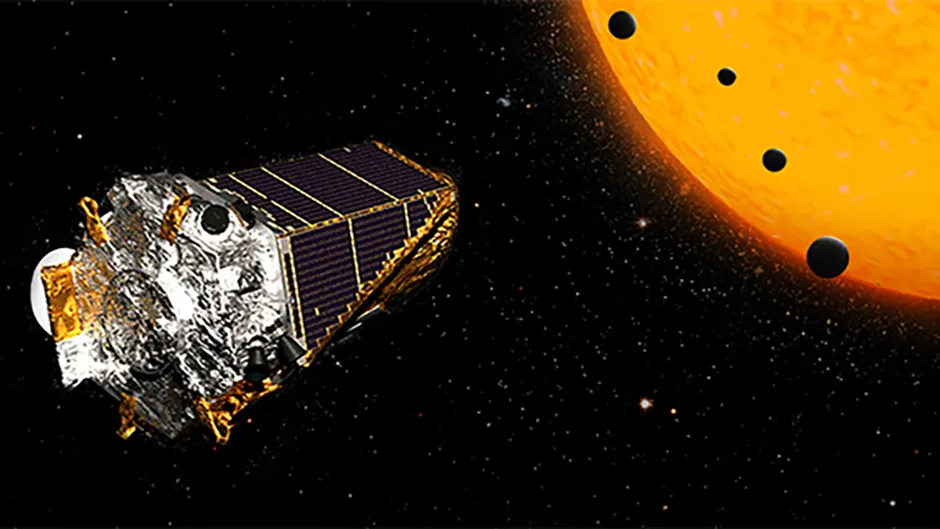A hot, metallic exoplanet has been discovered that is as dense as Mercury, suggesting such planets are not as rare as expected.Named K2-229b, the exoplanet is 339 lightyears away and is nearly a fifth larger than Earth, but with a mass over 2.5 times greater.
This scorching body has a dayside temperature of over 2,000°C because it orbits so close to its host star.
It is about 0.012 Astronomical Units away from the star, 1 AU being the average distance between Earth and the Sun.
The discovery of the planet was made by a team led by Aix-Marseille Université in Franceusing the K2 telescope.
It was detected in the first instance by Dr David Armstrong and colleagues at the University of Warwick in the UK and astronomers at the Universidade do Porto in Portugal.
They found the exoplanet by noting dips in light coming from the host star.
This is a common method of detecting planets beyond our Solar System, as these dips can often mean a planet is passing in front of - or transiting - a star.
Follow-up observations revealed how much the star ‘wobbles’ as the planet’s gravitational pull tugs on it during orbit. This enabled the team to calculate the size, position and mass of K2-229b.
They are now attempting to understand how the planet came to be so dense and metallic.
One theory suggests its atmosphere may have been eroded by streams of charged particles coming from the star, while another posits that the exoplanet formed from an impact between two giant bodies in space, billions of years ago.

“Mercury stands out from the other Solar System terrestrial planets, showing a very high fraction of iron and implying it formed in a different way," says Dr David Armstrong from the University of Warwick.
“We were surprised to see an exoplanet with the same high density, showing that Mercury-like planets are perhaps not as rare as we thought.
“Interestingly K2-229b is also the innermost planet in a system of at least three planets, though all three orbit much closer to their star than Mercury.
More discoveries like this will help us shed light on the formation of these unusual planets, as well as Mercury itself.

